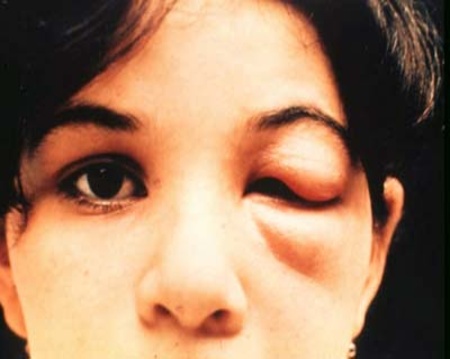Chagas Disease Causes, Symptoms, Diagnosis and Treatment

What Is Chagas Disease?
Chagas disease, also known as American trypanosomiasis, is a tropical parasitic disease caused by the Trypanosoma cruzi. It is spread mostly by insects known as Triatominae or kissing bugs.
Chagas disease is common in South America, Central America and Mexico, the primary home of the triatomine bug. Rare cases of Chagas disease have been found in the southern United States, as well.
If Chagas disease progresses to a phase called chronic phase, serious heart or digestive complications may occur. These may include:
- Heart failure.
- Enlargement of the esophagus (megaesophagus).
This rare condition is caused by the abnormal widening (dilation) of the esophagus. - Enlargement of the colon (megacolon).
Marked by abnormal dilation of the colon.
Causes Of Chagas Disease:
The cause of Chagas disease is the parasite Trypanosoma cruzi, which is transmitted to humans from a bite from an insect known as the triatomine bug.
These insects can become infected by T. cruzi when they ingest blood from an animal already infected with the parasite.
They hide in crevices in the walls or roof during the day, and then come out at night, often feeding on sleeping humans.
Infected bugs defecate after feeding, leaving behind T. cruzi parasites on the skin.
The parasites can then enter the human body through your eyes, mouth, a cut or scratch, or the wound from the bug’s bite.
One may also get infected by:
- Eating uncooked food contaminated with feces from T. cruzi-infected bugs
- Being born to a woman infected with T. cruzi
- Having a blood transfusion containing infected blood
- Getting an organ transplant containing viable T. cruzi
- Working in a laboratory where there’s an accidental exposure to the parasite
- Spending time in a forest that contains infected wild animals, such as raccoons and opossums
- Being around an infected pet
Symptoms Of Chagas Disease:
Chagas disease can exhibit two kinds of symptoms; acute (sudden, brief illness) or chronic (long lasting). The symptoms change over the course of the infection.
- Acute phase
Swelling at the infection site
Fever
Fatigue
Rash
Body aches
Eyelid swelling
Headache
Loss of appetite
Nausea, diarrhea or vomiting
Swollen glands
Enlargement of your liver or spleen - Chronic phase
Irregular heartbeat
Congestive heart failure
Sudden cardiac arrest
Difficulty swallowing due to enlarged esophagus
Abdominal pain or constipation due to enlarged colon
Diagnosis Of Chagas Disease:
The following tests and exams help confirm the diagnosis:
- Physical exam
- Blood culture to look for signs of infection
- Chest x-ray
- Echocardiogram
- Electrocardiogram
- Enzyme-linked immunoassay (ELISA) to look for signs of infection
- Peripheral blood smear to look for signs of infection
Treatment Of Chagas Disease:
The only treatment available for Chagas disease is taking medications to kill the parasite or relieve symptoms.
- Medications
benznidazole
nifurtimox
By : Natural Health News




